The Multi-Turban Indian Grooms
A veil is a crowning beauty for a bride. A headgear is equally glorifying for a groom. A turban or a headgear plays an important part for the groom and his immediate male relatives.
According to original Indian tradition, the entire ensemble of an Indian groom should resemble a king. Maybe this is why Indian grooms dress so elaborately. Indian kings considered their crowns and turbans as symbols of pride and stature. Hence, you cannot overlook the relevance of the turban in Indian wedding dressing.
India is a multi-cultural land. Perhaps its these cultures which bring about changes in the colours and textures of headgear. You can see a large variety of turbans in the country!
Let’s journey through India with this significant piece of attire!
The Turban of the North
In Jammu Kashmir, the northernmost tip of India, the groom dresses according to the cold climate. The Ladakhi groom wears heavy woollen attire along with an elaborately decorated turban called the ‘tibi’. The ‘Kinnauri’ groom of Himachal Pradesh covers his head with a silver head ornament called ‘mulamentho,’ similar to his bride’s. It flows from the head to the neck on both sides of the face and hosts a bunch of silver leaves attached to a triangular plaque. A complex lattice design sticks to this plaque.
The Sikh groom always comes with his usual turban called ‘pagri’ or ‘dastar’. However, on his big day, he ties it differently; as a pagri is either red or pink, the groom’s wedding attire will be in contrast with it. The Marwari groom from Rajasthan ties a red turban called ‘safa’, adorned with the traditional ‘kalgi’ and ‘sarpech’. The sarpech is a popular icon of the North Indian groom.
The Grandiose South
In South, only the Kannada and the Reddy grooms give importance to headgears. Mysore Peta is the traditional headgear of a Kannada groom and they wear it on any important or formal event. It is a single piece of cloth decorated with gold brocade and zari border. Often, they have beautiful metal pendants sewn onto them, adding flavour of grandeur and lavishness. The Reddy groom too shows the typical South Indian favour for gold, by wearing a royal-looking white and gold turban with a ‘bashingam’ on the forehead.

The Quaint East
Let’s move to the eastern corner of India: Here, the Bengali groom wears a white ‘topor’, a conical turban made of sholapith (a fragile soft pith plant). There are lots of local beliefs associated with this turban. The Bihari groom wears a red silk cloth on his head. Meanwhile, in Jharkhand where there are many tribes, the groom wears a simple white turban. The Oriya groom and bride wear the same turban – a majestic crown decorated with multi-coloured stones, beads and paisley motifs.
The East has many indigenous tribes of the country and their customs are very interesting. Most noteworthy are the turbans of the Assamese groom. He comes with either a tulsi mala or a crown made of fresh flowers. The Manipuri groom covers his head with a white turban called the ‘kokyet’, edged with golden braiding. Other popular turbans are the traditional colourful tribal headgears using beads, cowries, feathers and bamboo spikes. These are used in tribal marriages.
The Typical West
A typical Marathi wedding is one of the simplest Indian weddings. And so is the headgear of a Marathi groom which is either a simple Nehru cap or a pink/saffron turban called ‘pheta’. On the other hand, the Rabari groom from Gujarat wears an elaborate red turban with intricate designs and beads to enhance his attire. And finally, the Goan Christian groom wears a three-piece suit and a formal hat.

Contemporary Meets Tradition
Times are changing and trends are getting more cosmopolitan in nature. While people love experimenting with looks, rituals and traditions are still alive in they way modern grooms dress.
Designers are coming up with combinations of ethnic motifs and modern sensibilities. They use opulent fabrics such as silk and brocade along with intricate embroideries, beaded folds, Swarovski embellishments and dangling pearl chains. The delicate yet proud feather, ‘kilangi’, which traditionally perched atop the headgears is getting replaced with brooches embedded with colorful stones. Especially relevant are changes in colour also which is fluctuating according to modern man’s taste.
Ultimately, you are the one who decides how you want to blend the tradition and the modern into your ensemble! Most of all, remember that you should be comfortable in what you wear. The confidence in your attire will set your charm oozing on your big day!

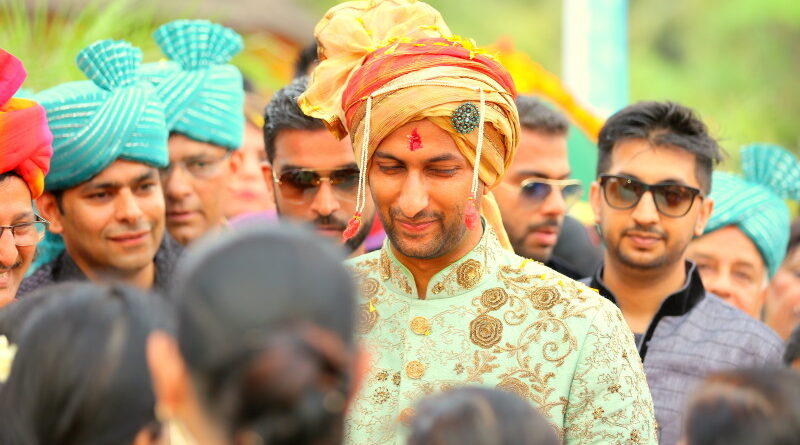
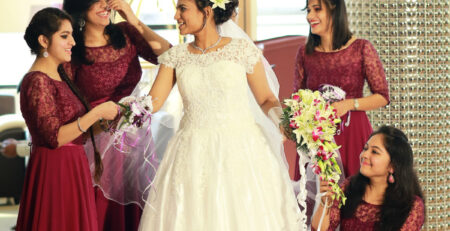
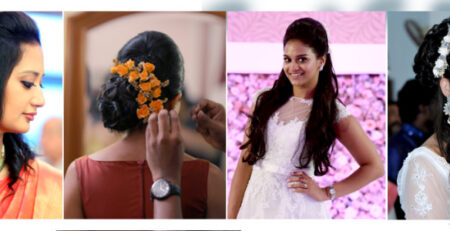
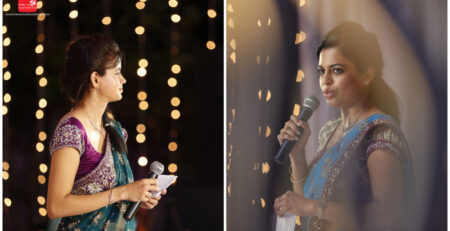
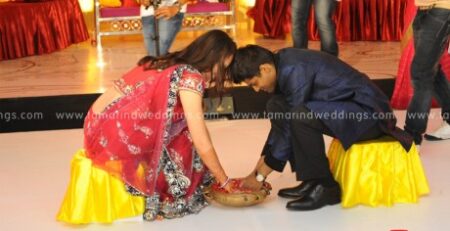
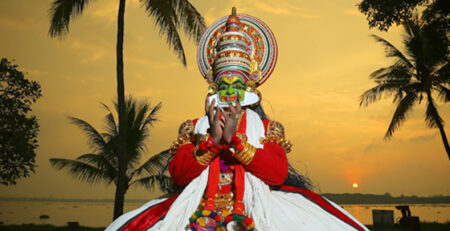
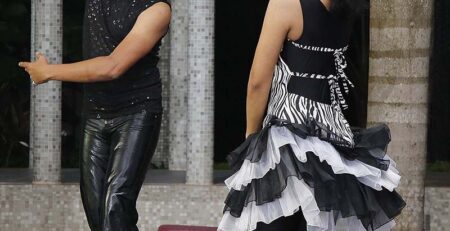

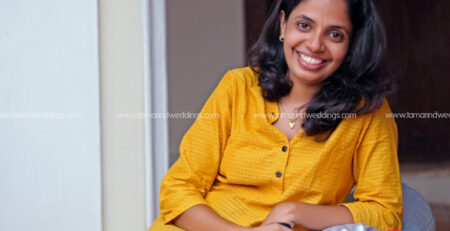
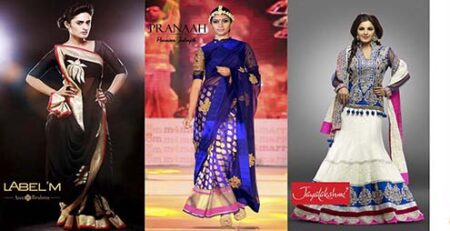
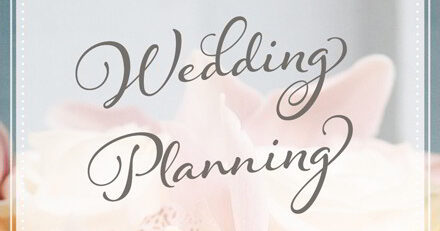
Leave a Reply